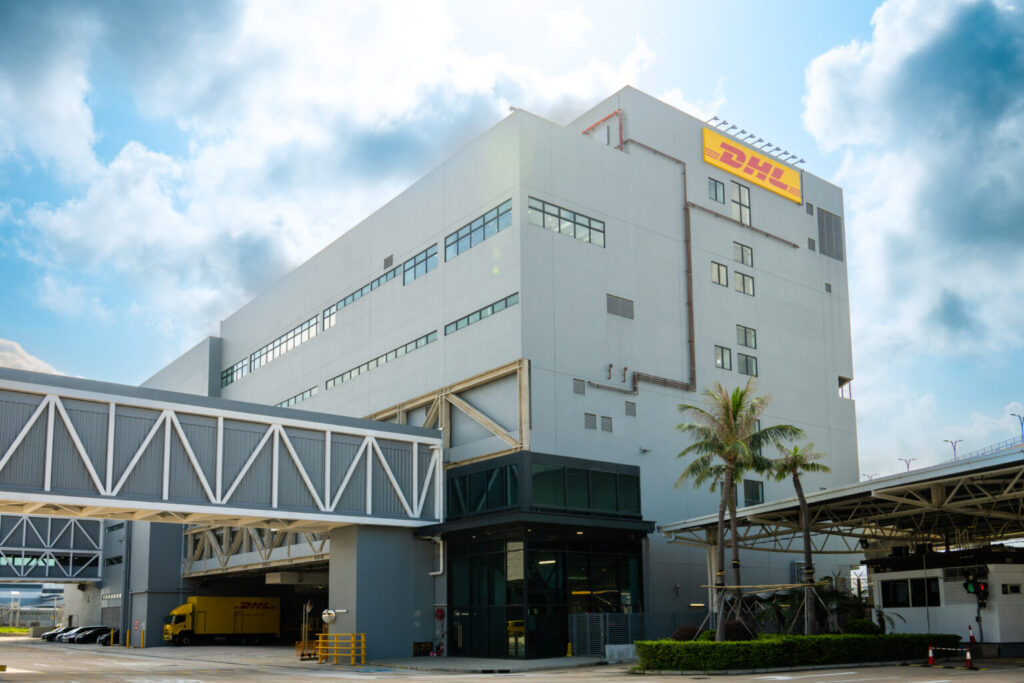DHL Express has launched its newly expanded Central Asia Hub (CAH) at Hong Kong International Airport.
The expansion of the CAH facility will complement the launch of Hong Kong International Airport’s three-runway system, set to be completed by 2024. CAH is strategically located within a four-hour flight time to major cities in Asia-Pacific and the Pan-Pearl River Delta region, making its location in the city significant.
DHL Express’s Asia Pacific air network operates on a multi-hub strategy, supported by four hubs – CAH in Hong Kong, North Asia Hub in Shanghai, South Asia Hub in Singapore and Bangkok Hub, linking to approximately 900 DHL Express facilities in the region. The newly expanded world-class express cargo facility handles over 200 dedicated flights per week. Moreover, it is complemented by a well-established Asia air network, which supports about 690 daily flights.
To date, DHL’s total investment in the CAH has reached €562m (US$610m) since its establishment in 2004.
John Pearson, CEO, DHL Express, said, “We believe that global trade matters, and it’s here to stay. We have invested more than €1.8bn (US$1.96bn) into our three global hubs, demonstrating our commitment to support our customers’ growth as they expand globally.
“CAH is important to our customers in Asia and globally, as it handles close to 20% of DHL Express global shipment volume. While global trade is normalizing following a pandemic boom, our investments today will improve our global and regional network, putting us in an excellent place when global trade recovers.”
Ken Lee, CEO for Asia Pacific, DHL Express, said, “Asia is home to some of the fastest growing markets in the world. Since it [CAH] was established in 2004, we have seen a continued increase in air cargo demand driven by trade between Asia and other regions, and cross-border e-commerce. Even as global trade normalizes after the pandemic, we have seen over 30% growth in throughput between Asia and other continents in the first three quarters of 2023 when compared with the same period in 2019, far exceeding the pre-Covid level. Additionally, the strategic location of the Hub in Hong Kong opens doors to many opportunities for our customers in this region. We are confident that the expanded CAH will foster interconnectivity and underpin Asia’s status as a powerhouse of global growth.”
Fred Lam, CEO at Airport Authority Hong Kong (AAHK), said, “With a long-term vision to develop Hong Kong International Airport (HKIA) as the e-commerce fulfillment center of Asia, AAHK has been working closely with DHL to expand its Central Asia Hub – first in 2008, followed by a second expansion in 2017. Today, we are celebrating the completion of the expansion – with enhanced capabilities in handling express and small parcel shipments – that will allow both DHL and HKIA to capitalize on the immense opportunities available in cross-boundary e-commerce.”
With direct access to airside and landside, CAH is currently the only dedicated and purpose-built air express cargo facility at Hong Kong International Airport. With a 50% increase in total warehouse space to 49,500m2 and an automated material handling system, the hub’s peak handling capacity has increased by almost 70% to 125,000 shipments per hour.
The hub is also the first facility in Hong Kong’s express cargo industry to deploy computerized tomography (CT) x-ray scan technology.
Sustainability at the core
CAH has installed 3,450 solar panels on the roof, with total photovoltaic (PV) generation estimated at 1.68GWh, equivalent to reducing 850 tons of carbon emissions per annum.
CAH is the first facility in DHL’s Asia-Pacific region to deploy battery storage, and Hong Kong International Airport’s first business partner to implement battery storage on-site. This system stores excess solar power and releases it as needed, maximizing renewable energy use, saving 125,000kWh of electricity annually and reducing 49 tons of carbon emissions. Other environmentally friendly features such as electric forklifts, LED lights and high-efficiency air-cooled chillers have been used, aiming to reduce greenhouse gas emissions.


